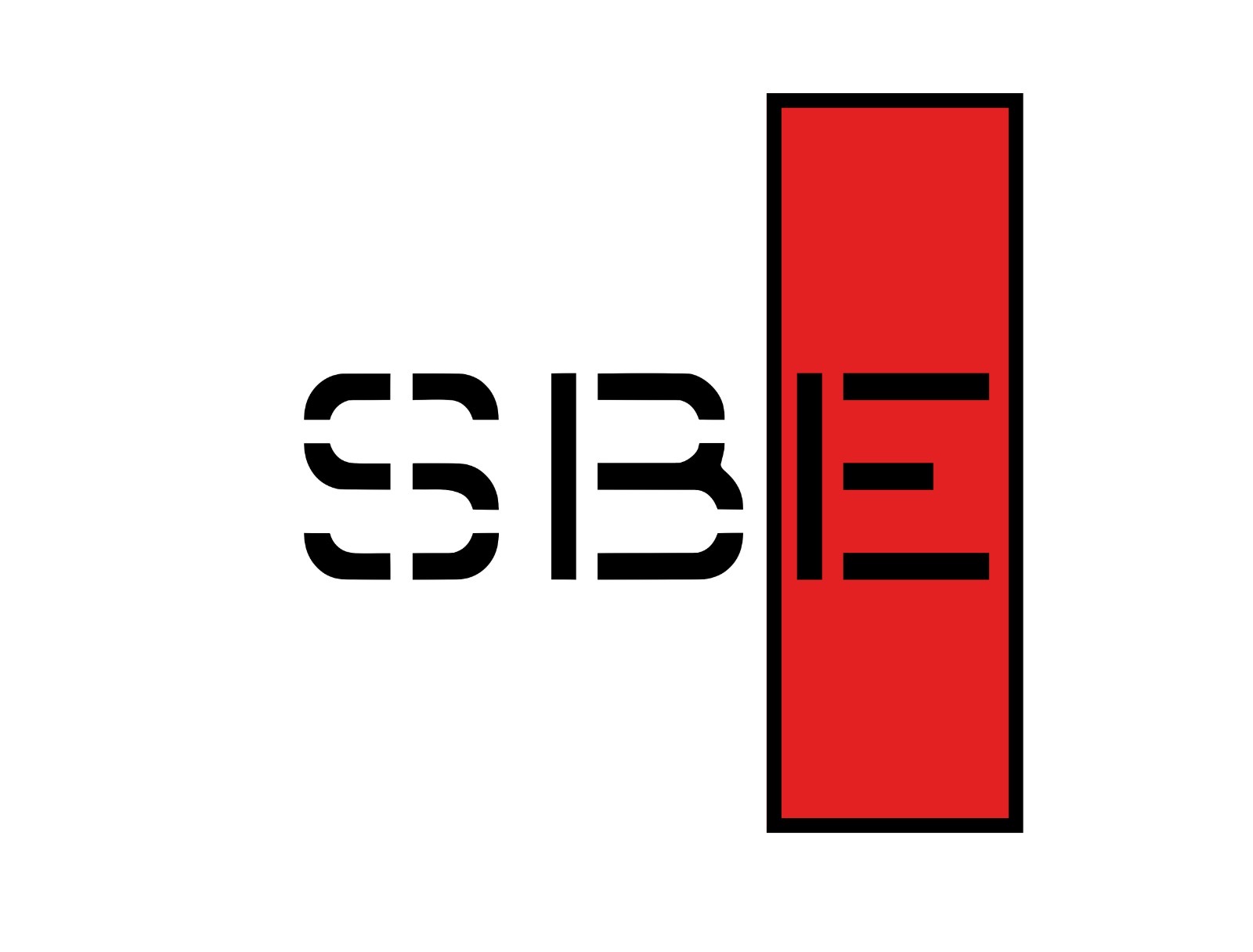Azimuthal Stern Drive Tugs – ASD Copy
The azimuth thrusters have a vertical axis that transmits motion to the propeller; the latter can be fixed or controllable pitch and is ducted. In addition, the ASDs are equipped with two aft azimuth thrusters that operate together or separately and rotated 360°.
Practically, being able to work in both directions, there is a compromise between conventional tugs and tractors: they have two propellers at the stern like the former but guarantee much higher manoeuvrability. In addition, they can have two towing points, one positioned at the bow and one in the centre, or be equipped with only the bow towing winch; in this case, they are known as “reverse tractor tug” always work with the bow facing the ship.
Like the traditional tug, the hull’s shape and the aft propulsion allow better direction control at high speeds and better towing performance in the open sea. In addition, their bollard pull is more significant than ATDs, and they have a lower draft.
As for the negative aspects, we have that the sideway effectiveness is very low. In addition, they suffer the interaction effects when operating with the stern close to the assisted vessel’s hull. And if using the stern winch, when provided, the risk of capsizing is as high as with the conventional ones.
Assistance tugs and supply vessels preferably use this propulsion associated with a tunnel bow thruster. Due to their high marine qualities, this type of tug is typically used in rescue operations during the North Atlantic storms to aid oil drilling platforms and offshore trailers.
